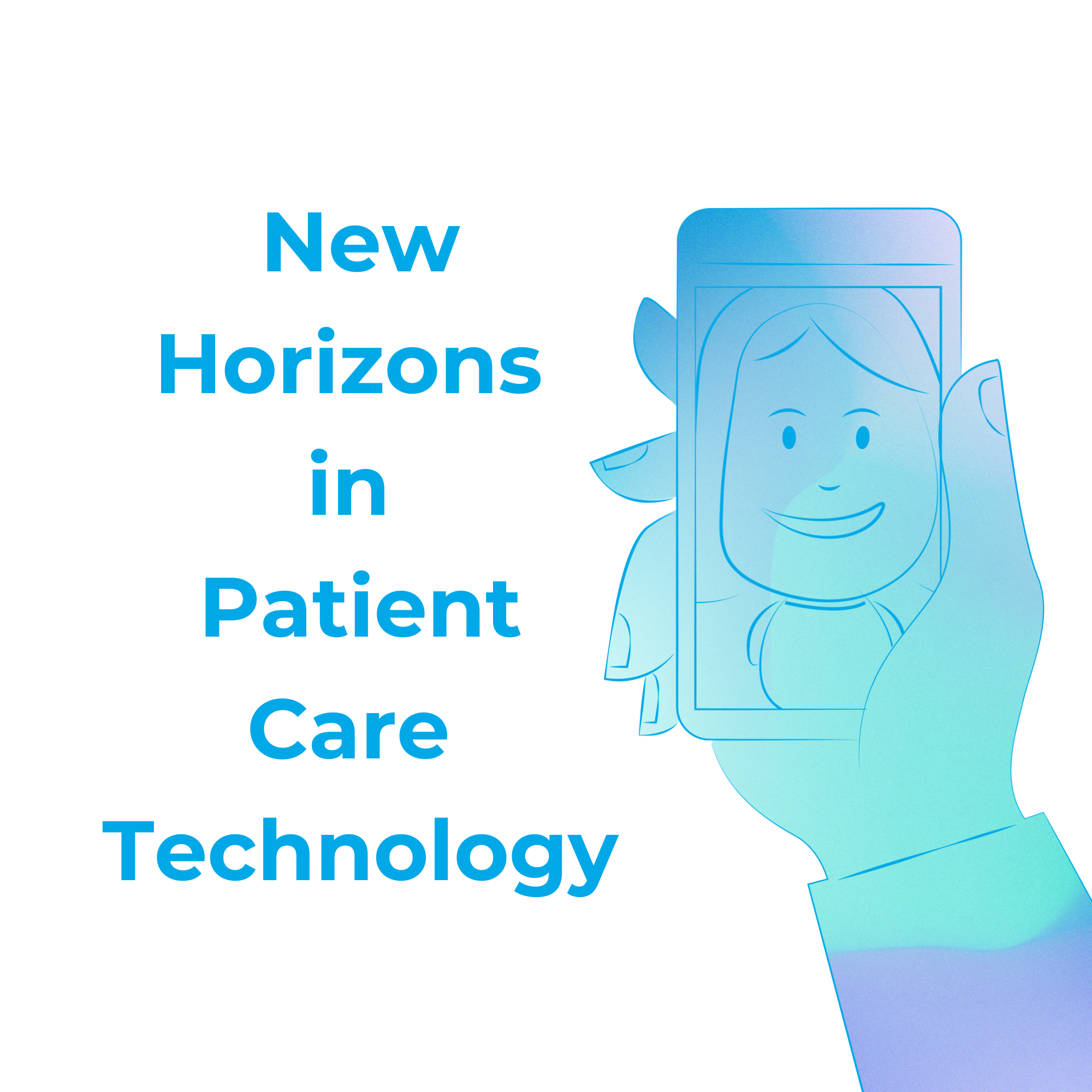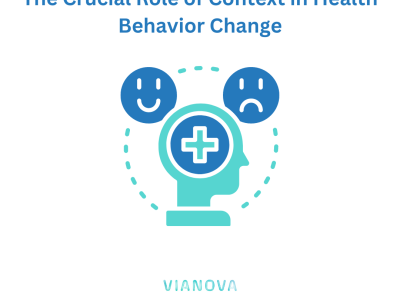
Exploring New Horizons in Patient Care Technology
The healthcare sector is witnessing a monumental shift, thanks to cutting-edge technologies that transform science fiction into reality. Innovations ranging from thought-controlled artificial limbs to genetically engineered pigs for organ transplants highlight how modern science is revolutionizing healthcare. Among these advancements, Remote Patient Monitoring (RPM) emerges as a pioneering force, offering unprecedented personalized healthcare solutions.
Gone are the days when owning a cell phone was a luxury. In much the same way, personal technology has evolved from a novelty to a necessity, a trend strongly embraced by the medical field. This shift is especially evident in the proliferation of personal health sensors and Bluetooth health devices that facilitate remote health monitoring. These devices, which fall under the broader category of home telehealth solutions, enable the continuous collection and transmission of patient data to healthcare providers, revolutionizing chronic disease management and enhancing wellness.
The applications of RPM technology in healthcare are extensive and varied. From monitoring vital signs like heart rate and blood pressure to tracking sleep patterns and respiratory functions, RPM devices are crucial for patients with conditions such as diabetes or cardiovascular diseases. These technologies act as a lifeline, allowing for early detection of subtle health changes and enabling timely medical intervention.
Innovation in remote patient monitoring continues to advance, with newer technologies like temperature sensing mats designed for early detection of diabetic foot ulcers, showcasing significant progress. By detecting early signs of skin breakdown, these devices prompt swift action to prevent severe outcomes such as infections or amputations.
Furthermore, RPM is not limited to monitoring physical health. Wearable sensors can also track exercise participation, while fall detection devices provide additional security for the elderly and vulnerable, illustrating the diverse benefits of digital health innovations. The convenience of RPM extends beyond the individual, reducing frequent doctor visits and empowering healthcare providers to offer more personalized care.
However, with innovation comes responsibility. Issues surrounding data privacy, accuracy, and the cost of remote health monitoring are critical and must be addressed to ensure the safe integration of these technologies into everyday healthcare. Ensuring equitable access and protecting sensitive health information are top priorities as these technologies become more prevalent.
Looking to the future, the potential of RPM is immense. With developments in implantable monitors and biotechnological advancements, we are moving towards a future where healthcare and technology are seamlessly integrated. Despite ongoing challenges, the benefits of remote patient monitoring are irrefutable. It’s not just a glimpse into the future of healthcare—it’s a vital aspect of today’s medical practices, empowering individuals to actively participate in their health journeys like never before.



FEEL FREE TO DROP US A LINE.